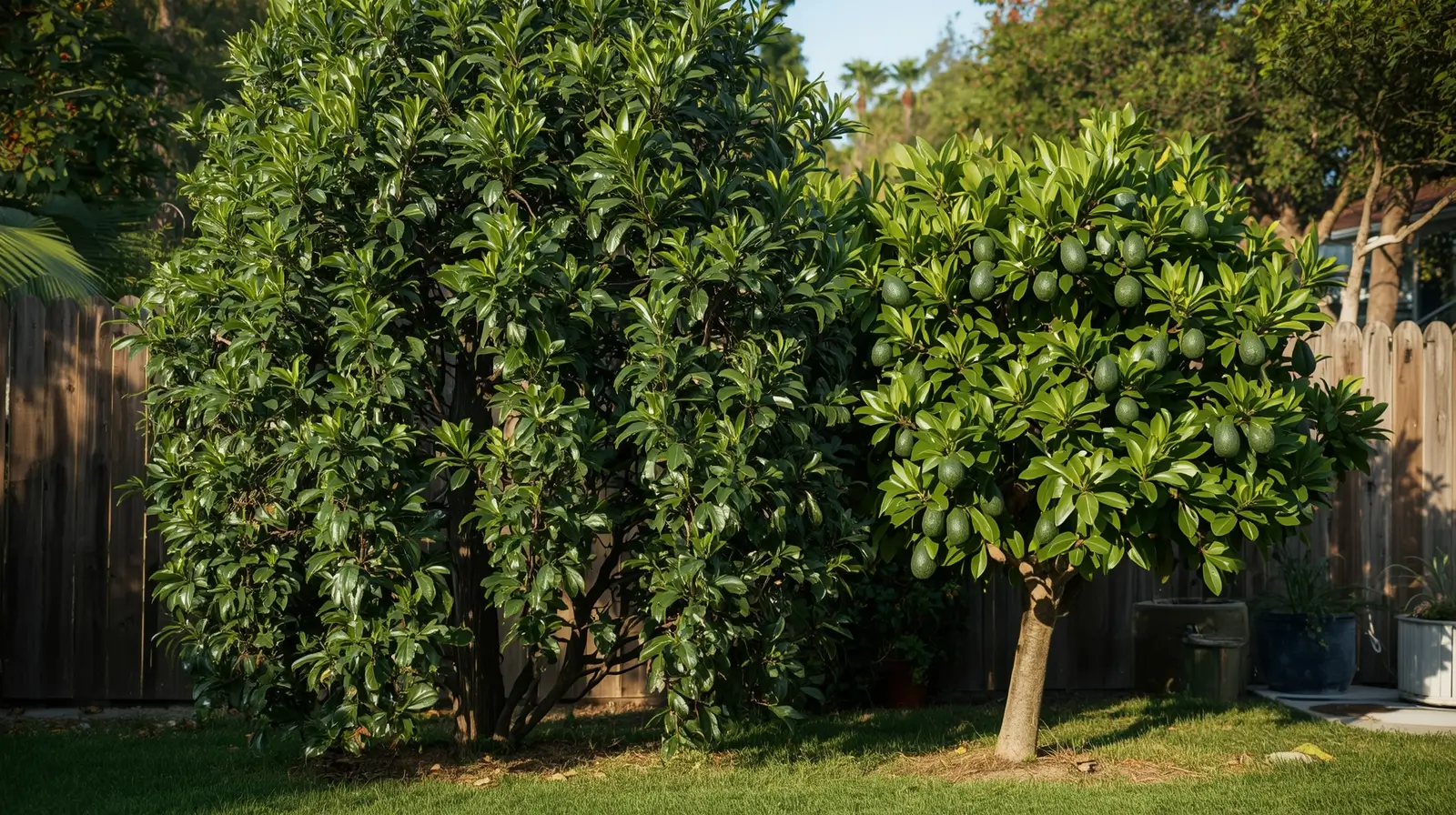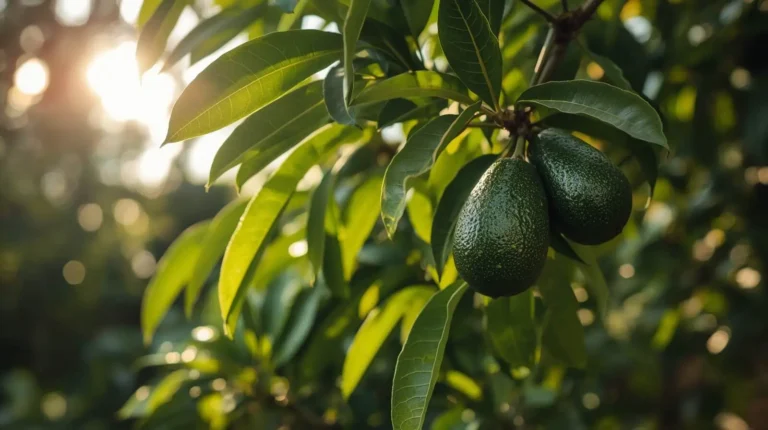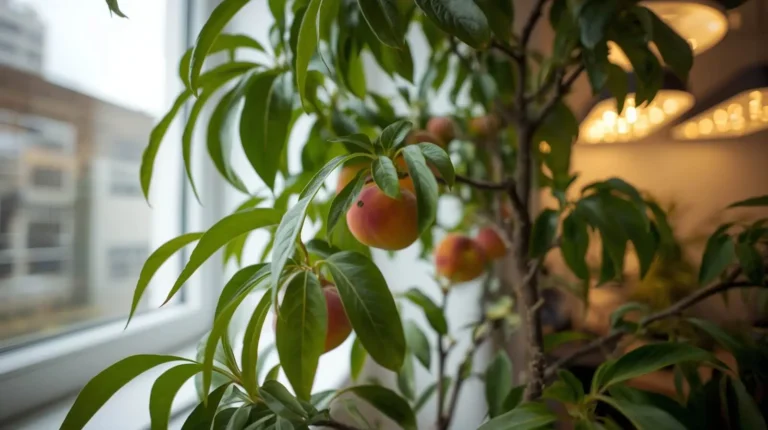When I first started growing Florida Hass and California Hass avocado trees in my own yard, I realized how each variety brings its own charm, especially when you take a closer look at their unique characteristics in the comparison of florida avocado vs california avocado. The creamy, delicious fruit is something we all know and love, but choosing the ideal tree for a Florida garden depends on how the tree grows and responds to the local climate. From my experience, both types can thrive beautifully, yet they feature subtle differences in texture, flavor, and growth habits that make them interesting to compare as you explore which one truly fits your space and taste.
Florida Hass:
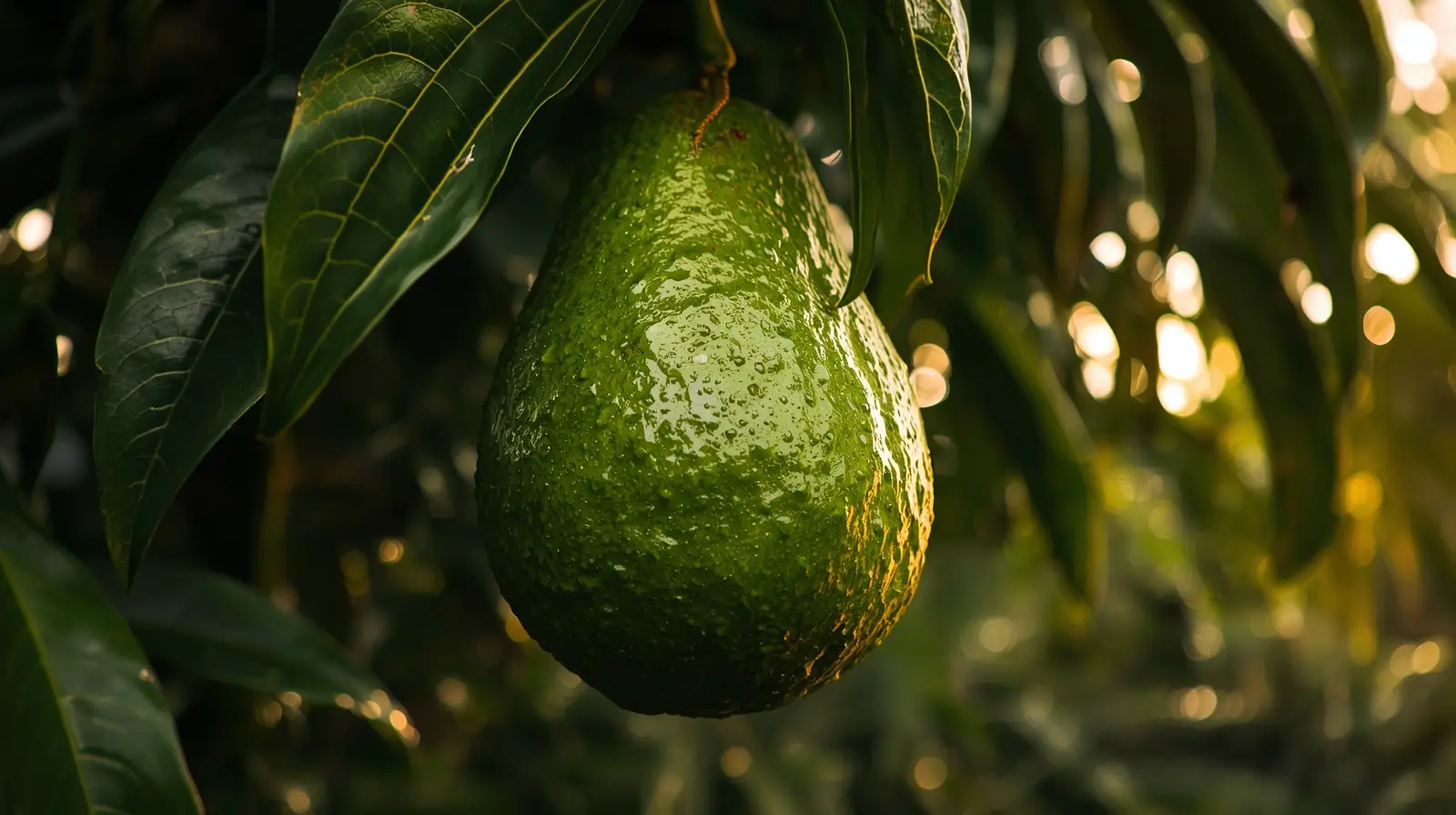
- The Size of the tree often towers taller, yielding jumbo fruits that can weigh up to 2 pounds, which I first noticed when comparing them side-by-side with other varieties in my yard.
- The Skin is smooth, vibrant green, and remaining green even when ripe, which makes it easier to visually check the fruit quality on the tree.
- The Flavor is milder and slightly less buttery than its counterpart, but still enjoyable and perfect for those who prefer a lighter taste.
- Its Resilience really stands out, as it thrives in Florida’s heat and humidity, naturally resisting pests and diseases better than many other avocado types I’ve grown.
- Thanks to its strong Temperature Tolerance, it handles warmer temperatures with ease, which makes it one of the most reliable avocado options for tropical and subtropical backyard growers.
California Hass:
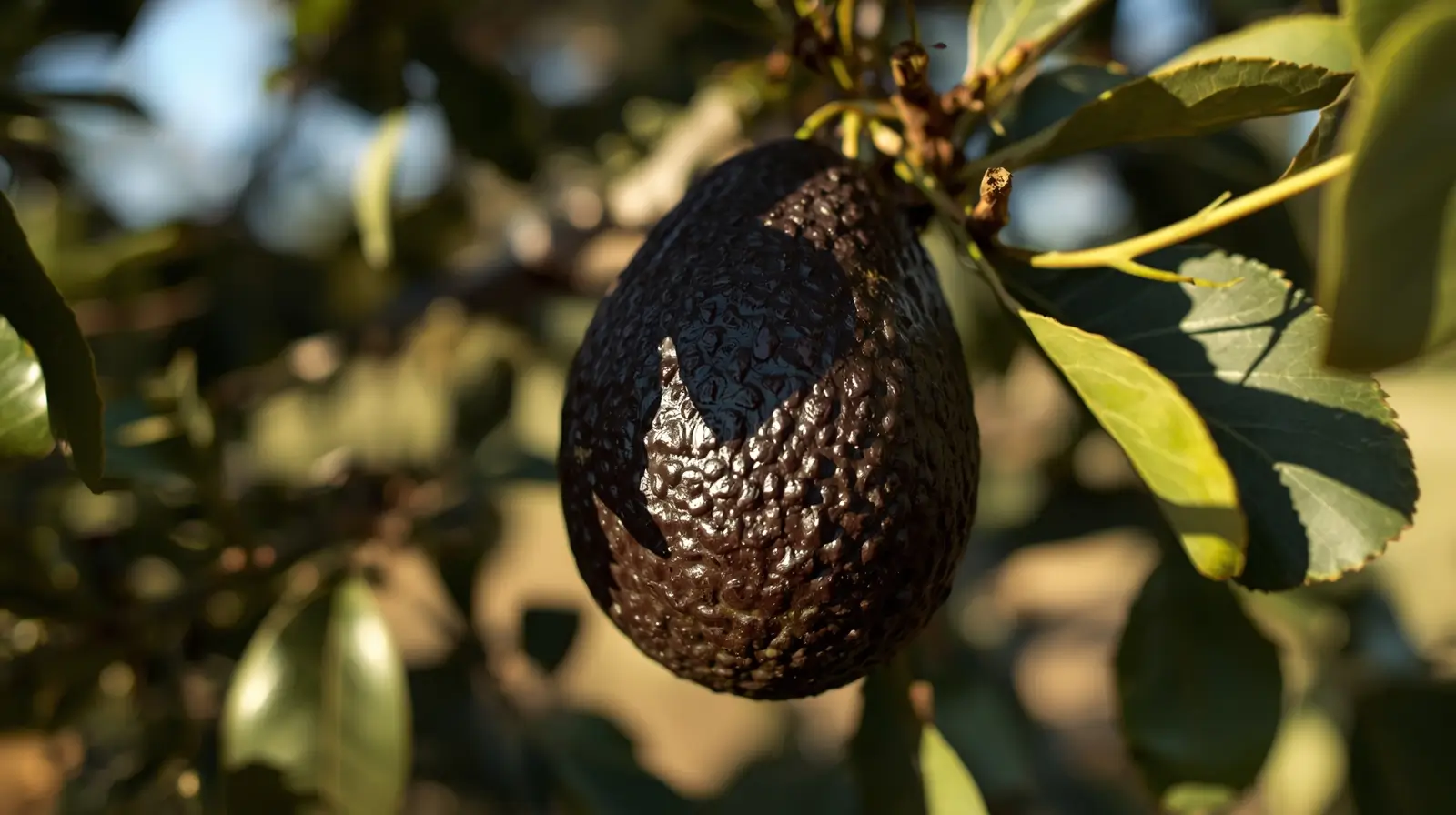
- The Size of the tree is more compact, often producing fruits that are averaging 1 pound, which makes it easier to manage in a smaller yard. (Read Also: Grow Your Own Avocados with Dwarf Avocado Trees)
- The Skin is textured with pebbly bumps, and you will notice it turning black when ripe, which is a visual cue many growers appreciate.
- The Flavor is richer and boasts a distinct buttery taste, something I personally enjoy when making fresh guacamole or slicing it over toast. (More details here: California Avocado Variety Guide)
- Its susceptibility means it requires more care, especially when dealing with pests and diseases in Florida’s climate, so I learned to watch it closely during the rainy season.
- The Temperature Tolerance differs because it prefers cooler temperatures and drier conditions, which is why gardeners in warmer areas must give it just a little extra attention to help it thrive.
So, who wins in Florida’s heat?
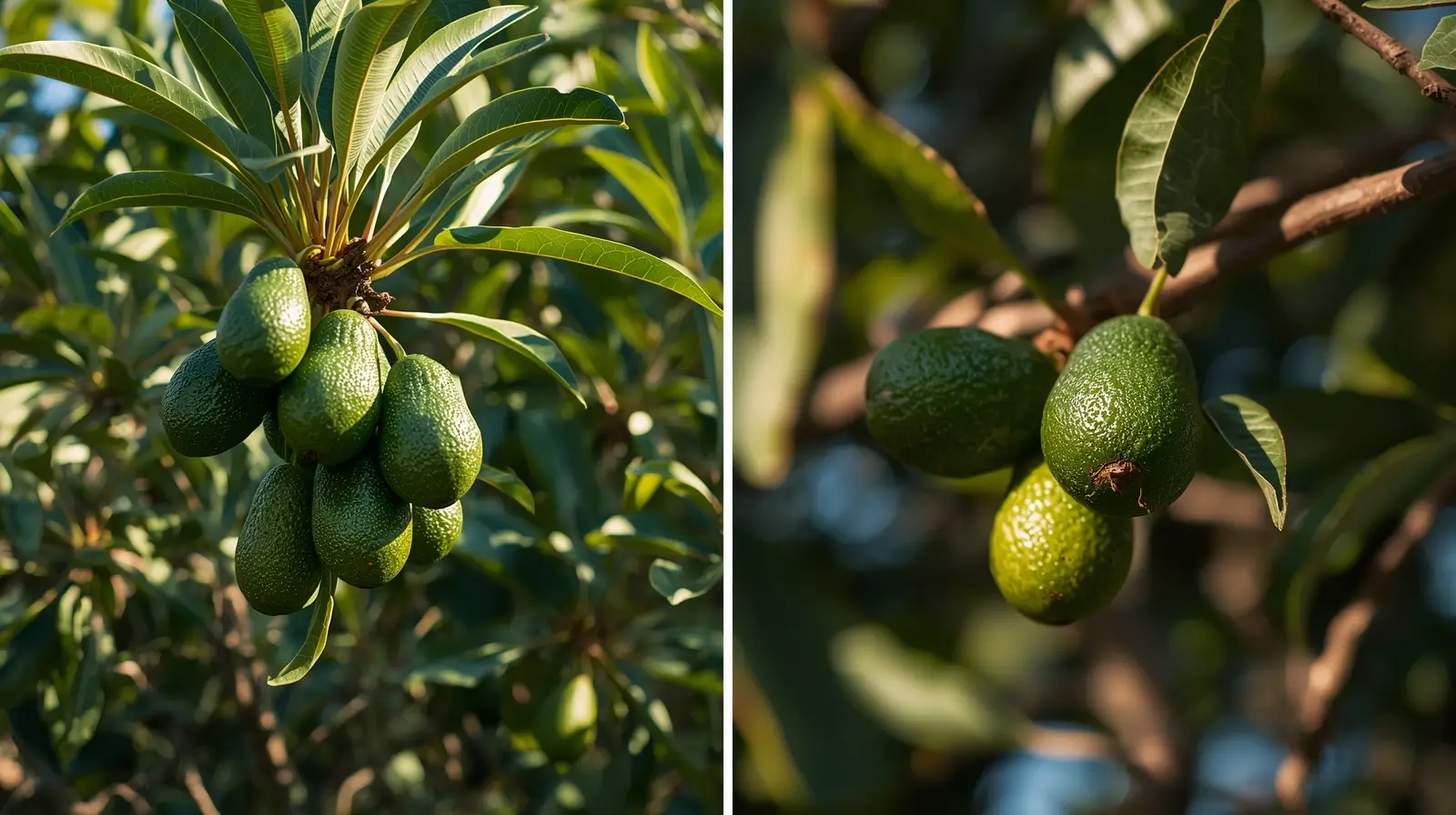
From my experience growing avocados in warm, humid yards, the Florida Hass avocado tree truly takes the crown because of its larger size, impressive fruit yield, and strong resilience in Florida’s specific climate. It consistently performs well where others struggle, making it a clear winner for many homegrown avocado enthusiasts who want a dependable and rewarding tree in their garden.
Beyond the Basics:
When growing Avocado trees, there are additional factors to consider that can influence your success. Your chosen tree needs ample room to grow and fit naturally into your garden conditions.
- Planting space should allow the tree to spread comfortably.
- Pollination may require cross-pollination, either by planting two compatible varieties or placing a grafted branch on an existing tree to support fruit production.
- Maintenance differs; Florida Hass requires less maintenance than California Hass, though both benefit from regular watering and fertilization.
Choosing the best avocado tree often depends on individual preferences and an informed decision based on understanding key differences between varieties. When these needs are met, you can look forward to fresh delicious avocados right in your backyard.
Read Also:
- Gardening & Plant Care Guide for Thriving Plants
- Tropical Fruit Trees: Grow Exotic Paradise at Home (Guide)
Conclusion
Choosing the right avocado variety for your home garden comes down to your climate, space, and taste preferences. The Florida Hass is generally more resilient in Florida’s heat and humidity, grows larger, and offers steady fruit production with less maintenance. On the other hand, the California Hass is known for its distinct buttery taste, but may require extra care in warmer, humid climates. By understanding key differences and considering your garden conditions, you can make an informed decision and enjoy fresh, delicious avocados right from your backyard.
FAQs
Q1: Do I need two avocado trees for fruit production?
Yes, in many cases. Avocado trees require cross-pollination for the best fruit production, so it’s helpful to plant two compatible varieties or add a grafted branch to your existing tree.
Q2: Which avocado variety tastes richer?
The California Hass generally has a richer and more buttery taste, while the Florida Hass has a milder flavor.
Q3: Which tree is easier to care for in Florida’s climate?
The Florida Hass requires less maintenance and thrives better in Florida’s specific climate, especially where humidity is high.
Q4: How much space does an avocado tree need?
Avocado trees need ample room to grow. Make sure your planting space allows the branches to expand without crowding.
Q5: Can I grow an avocado tree in a container?
Yes, but it’s easier with dwarf or compact varieties. Make sure the container drains well and that the tree receives regular watering and fertilization.

